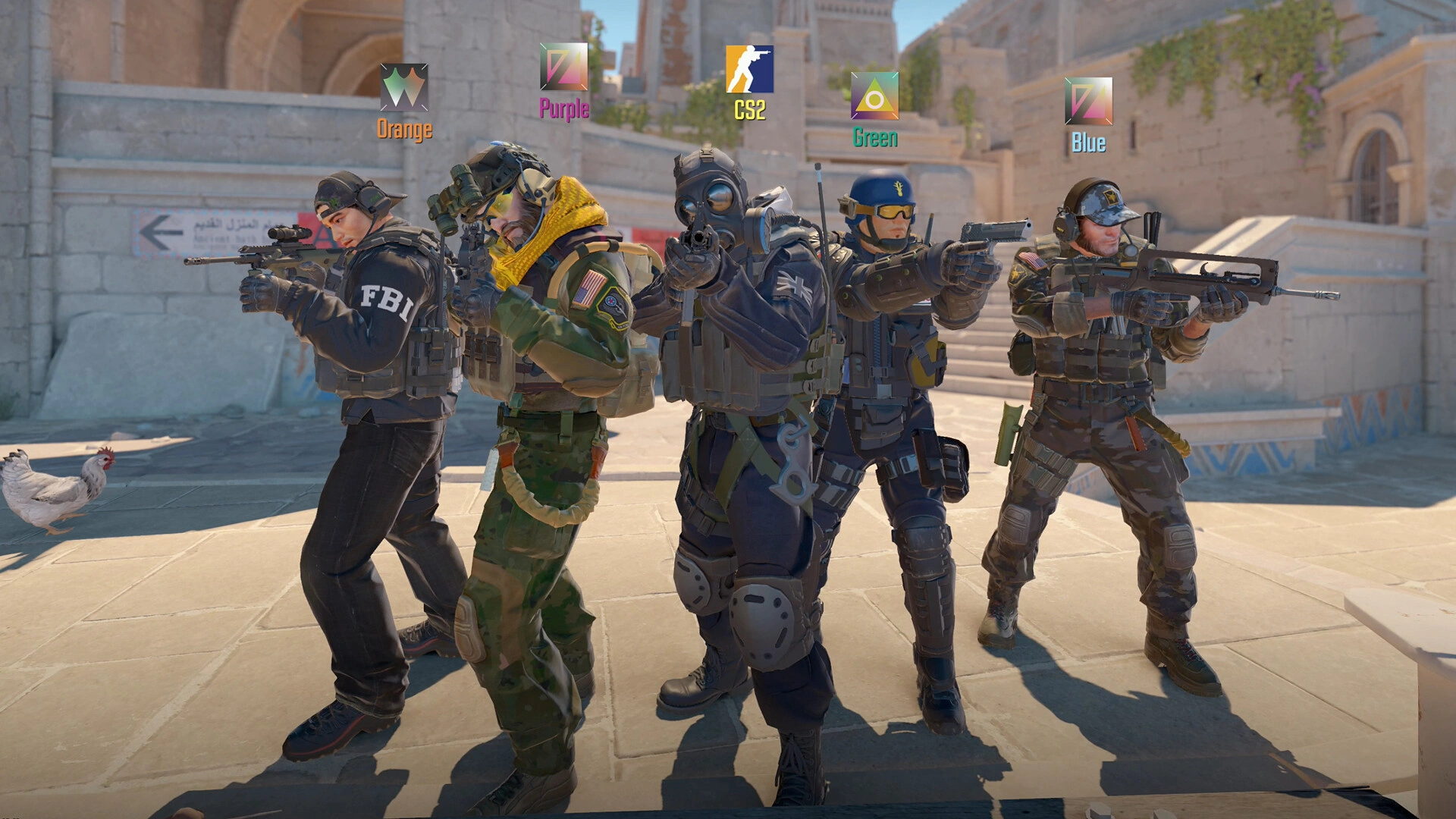Billion-dollar tragedy: The CS2 skin market collapses, players face “mental crisis”
The virtual item (skin) market in Counter-Strike 2 (CS2) has long been considered one of the most active and valuable trading spaces in the gaming world. However, in recent weeks, a wave of mass sell-offs and steep price drops has wiped out billions of dollars in value within a short period. This collapse is not only an economic issue but also one that deeply affects the psychology of both players and skin investors.

1. Background: A massive “virtual gold” market
For years, CS:GO (now CS2) skins have been regarded as a unique form of digital asset. Rare items such as AWP Dragon Lore or Karambit Sapphire could be traded for tens or even hundreds of thousands of USD. This created a bustling in-game economy that attracted not only gamers but also collectors and professional investors. The total estimated value of the CS2 skin market once reached billions of dollars.
2. Causes behind the sudden collapse
Several factors converged to create a “perfect storm” that shook the market:
- Major updates and visual changes: Some recent CS2 updates altered how skins are displayed, making them appear less appealing. Changes in lighting, models, and color tones diminished the signature “shine” of many high-value skins.
- Mass sell-offs by large investors: Once negative signals appeared, major investors holding large skin inventories started selling to cut losses, creating massive supply pressure and causing prices to plummet.
- Panic selling: The continuous price decline fueled widespread fear, prompting even casual players to rush into selling their collections out of concern that their value would drop to zero.
- Rumors about system changes: Unverified rumors that Valve might update trading features or modify skin drop mechanics further destabilized the market.

3. Consequences: Mental distress and financial loss
The fallout from this crash extends far beyond numbers—it also hits players emotionally and mentally:
"I spent my savings on a $5,000 skin collection, hoping it would appreciate in value. Now it’s worth less than $1,500. I feel betrayed and have lost all motivation to play." – A Reddit user shared.
- Severe financial loss: For many, skins were a serious investment. When prices nosedived, they lost assets that could have served essential financial needs.
- Mental health crisis: Feelings of loss, regret, and disappointment as “virtual assets” vanished have led some to emotional breakdowns. Online forums are now filled with posts expressing burnout or even depression due to financial and psychological stress.
- Shaken trust: This event has severely undermined the community’s trust in the stability and safety of virtual item markets.
4. Advice for players and investors
In times of high volatility, a few key principles can help reduce risk:
- Play for passion, not for profit: Remember that skins are purely cosmetic items. If your main goal is investment, the risk will always be extremely high.
- Don’t “all-in” on skins: Never invest your entire savings or essential funds into skins. Only use money you can afford to lose.
- Do thorough research: Keep a close eye on Valve’s official announcements and analyze market trends before making large-scale buy or sell decisions.
The collapse of the CS2 skin market serves as a harsh reminder of how volatile virtual assets can be. It’s a painful lesson for the gaming community—that the true value of a game lies in the experience and joy of playing, not in the profit gained from in-game items.